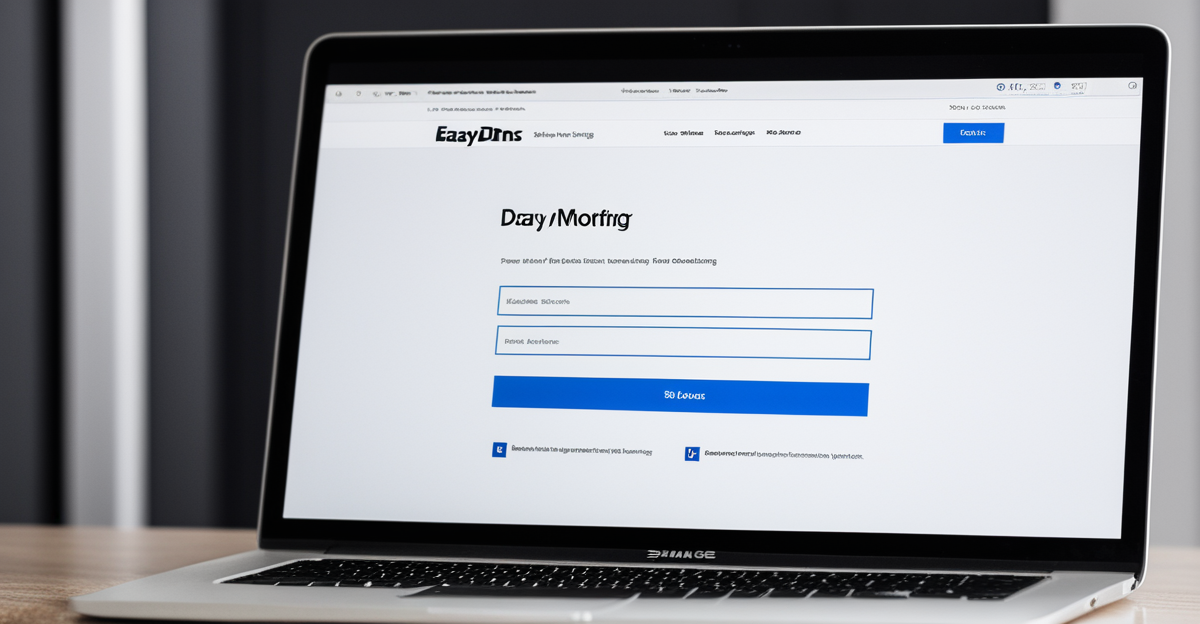Monitoring your DNS shouldn’t add complexity to your IT tasks. With the right tools, you can effortlessly track server performance, detect issues early, and maintain seamless domain resolution. This approach ensures minimal disruptions and protects critical online services, empowering you to focus on growth rather than troubleshooting. Effective DNS monitoring transforms a vital but often overlooked system into a reliable backbone for your digital presence.
Core purpose and benefits of DNS monitoring for businesses and digital operations
Maximizing uptime, security, and user experience
DNS monitoring is essential for businesses to secure uninterrupted access to digital services and protect operations from unpredictable disruptions. With DNS forming the backbone of translating domain names into IP addresses, regular oversight safeguards networks against misconfigurations, security threats, and unplanned outages. For a detailed overview, the page Explore further here lays out the operational significance and strategic value of DNS surveillance for companies of every size.
Also to discover : Brighten your google calendar: how to add more colors today
Three core benefits stand out: First, businesses prevent costly downtime by identifying DNS errors or server outages before they impact users. Second, DNS monitoring mitigates cyber threats, including cache poisoning and DDoS attacks, by providing early warnings and facilitating rapid response, thereby shielding sensitive user data and maintaining brand trust. Third, compliance verification ensures that email authentication standards (like DMARC, SPF, DKIM) are continuously met, reducing the risk of phishing and regulatory lapses.
For optimal DNS health, administrators should seek solutions with real-time alerts, centralized dashboards for multi-domain management, and automated tracking of all DNS record changes. Detecting unauthorized modifications or latency spikes through centralized DNS monitoring platforms not only enhances network performance but also empowers digital businesses to deliver consistent, reliable user experiences regardless of growth or scale.
Also read : Top tools for simple dns monitoring to protect your domains
Essential features and implementation of modern DNS monitoring solutions
Automated DNS record tracking and change alerting
DNS monitoring software options focus heavily on dns record updates monitoring and precise dns change detection. These solutions provide automated tracking of all zone file components, immediately flagging unauthorized or accidental changes. Real-time dns alerts ensure that any modifications—such as alterations to A, MX, or NS records—are reported to system administrators. This combination of dns record updates monitoring and dns change detection acts as a safeguard, enabling rapid issue resolution before disruptions occur or threats escalate.
Real-time incident response and alerting mechanisms
Modern tools excel at dns anomaly detection and leverage dns monitoring software options for responsive incident mitigation. With automated dns alerts and real-time dns alerts, administrators are informed instantly of unusual activity, failed resolutions, or suspicious dns record updates monitoring incidents. Rapid notification pathways, including integrations with popular messaging and incident management systems, support instant responses to dns change detection. This proactive approach is critical in managing threats like cache poisoning and DDoS.
Performance, health, and uptime monitoring across multi-vendor environments
Comprehensive dns server health checks, alongside dns performance tracking and dns uptime monitoring, are now baseline features for advanced dns monitoring software options. Admins monitor key health metrics, investigate latency and query failures, and track dns record updates monitoring trends, all while leveraging automation. The ability to correlate this data with dns change detection and dns anomaly detection helps ensure robust service uptime and a reliable digital experience.
Leading DNS monitoring tools: capabilities, comparisons, and best practices
Comparative overview: SolarWinds SAM, DNSCaptain, Uptrends, ITRS
Using the Stanford Question Answering Dataset (SQuAD) method, the top dns monitoring tools offer real-time dns alerts by tracking dns health metrics and supporting dns automated troubleshooting through advanced dashboards. SolarWinds SAM stands out for consolidating multi-vendor dns performance tracking and offering automated dns monitoring alerts, making it robust for enterprise dns monitoring. With detailed dns server reliability metrics, SolarWinds supports hybrid IT needs and helps avoid server disruptions by establishing baseline thresholds for dns query analysis.
DNSCaptain, recognized for its user-friendly, cloud-based dns monitoring dashboards, delivers automated dns alerts and dns health checks around the clock. It offers free dns monitoring solutions for up to three domains, making dns monitoring accessible, with premium plans extending scalability for professional and enterprise settings. DNSCaptain’s centralized inventory and multi-domain dns server health checks streamline both dns monitoring best practices and compliance, leveraging dns threat intelligence integration and audit trails.
Uptrends delivers powerful dns uptime monitoring and dns traffic inspection across web and application infrastructures, while ITRS is lauded for its enterprise-focused dns security assessment and data visualization. Each dns monitoring software excels in different segments, so selecting the right platform depends on needs for real-time dns alerts, dns change detection, and budget.











